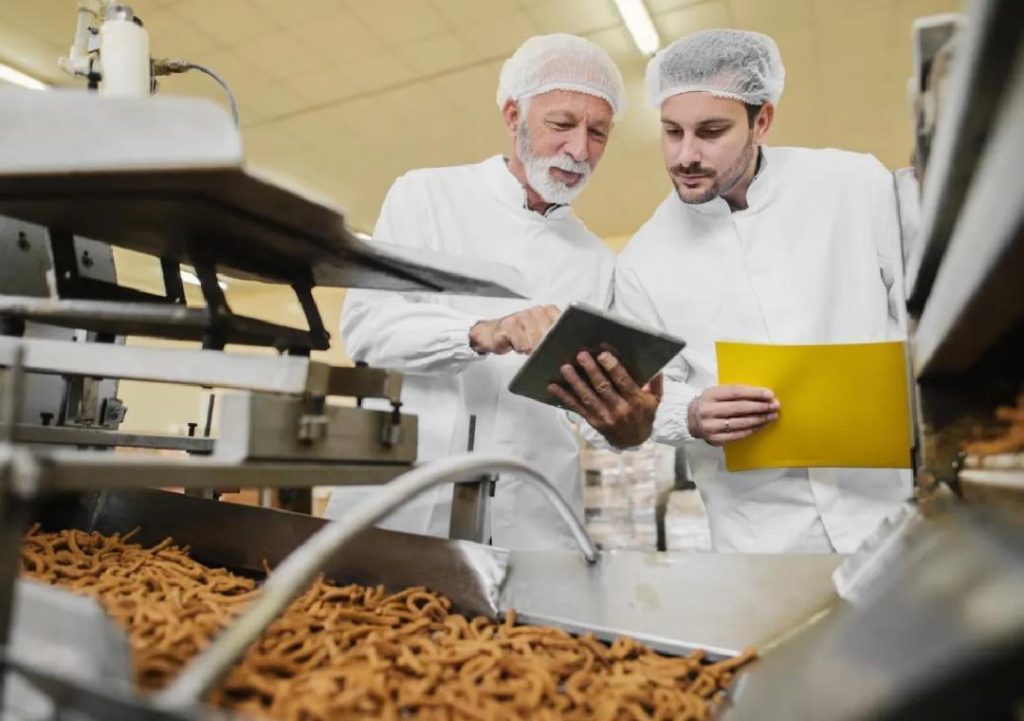
Can P&L Optimisation Redefine Success in Food Technology?
The food technology industry is a complex and competitive space, with businesses operating in a rapidly changing landscape. To stay ahead of the curve, companies are increasingly turning to profit and loss (P&L) optimisation to improve profitability and drive growth. By leveraging automation, smart inventory systems, and data analytics, food tech companies are streamlining their P&L operations to cut waste, sharpen demand forecasting, and support better decision-making.
The key to success in food technology lies in adopting scalable models that boost margins, ensure sustainable growth, and maintain competitiveness in the industry. In this blog post, we’ll explore the role of P&L optimisation in redefining success in food technology and how businesses can leverage these strategies to achieve their goals.
The Challenges of P&L Operations in Food Technology
Food technology companies face unique challenges when it comes to managing their P&L operations. The industry is characterised by high demand variability, complex supply chains, and a constant need to adapt to changing consumer preferences and regulatory requirements. These challenges can make it difficult for businesses to accurately forecast demand, manage inventory levels, and optimise production processes.
In addition, food technology companies often operate in a highly competitive market, with margins under pressure from intense competition and rising costs. To stay ahead of the competition, businesses need to find ways to improve profitability and reduce waste, while also ensuring that they can scale up to meet growing demand.
The Role of Automation in P&L Optimisation
Automation is a key component of P&L optimisation in food technology. By automating routine tasks and processes, businesses can reduce the risk of human error, improve efficiency, and free up resources to focus on high-value activities.
Some examples of automation in P&L optimisation include:
- Automated inventory management systems that monitor stock levels and alert managers to potential stockouts or overstocking
- Automated demand forecasting tools that use machine learning algorithms to predict demand and adjust production levels accordingly
- Automated production scheduling systems that optimise production workflows and reduce downtime
The Benefits of Smart Inventory Systems
Smart inventory systems are another critical component of P&L optimisation in food technology. These systems use sensors, RFID tags, and other technologies to track inventory levels in real-time, providing businesses with a clear picture of their stock levels and helping them to make informed decisions about production and supply chain management.
The benefits of smart inventory systems include:
- Improved accuracy: Smart inventory systems reduce the risk of human error and provide businesses with a clear picture of their stock levels
- Increased efficiency: Smart inventory systems automate the inventory management process, freeing up staff to focus on other tasks
- Better decision-making: Smart inventory systems provide businesses with the data they need to make informed decisions about production and supply chain management
The Power of Data Analytics in P&L Optimisation
Data analytics is a critical component of P&L optimisation in food technology. By leveraging data analytics, businesses can gain insights into their operations, identify areas for improvement, and make data-driven decisions to drive growth and profitability.
Some examples of data analytics in P&L optimisation include:
- Using data analytics to identify trends and patterns in demand and adjust production levels accordingly
- Using data analytics to track inventory levels and identify opportunities to reduce waste and improve efficiency
- Using data analytics to monitor production processes and identify areas for improvement
Scalable Models for Sustainable Growth
To stay competitive in the food technology industry, businesses need to adopt scalable models that can support sustainable growth. This means building a foundation of efficient operations, strong supply chain management, and effective demand forecasting.
Some examples of scalable models for sustainable growth include:
- Building a flexible production facility that can adapt to changing demand patterns
- Developing a robust supply chain management system that can ensure a steady supply of raw materials and components
- Implementing a data-driven demand forecasting system that can accurately predict demand and adjust production levels accordingly
Conclusion
P&L optimisation is a critical component of success in food technology. By leveraging automation, smart inventory systems, and data analytics, businesses can streamline their P&L operations, cut waste, and support better decision-making. To stay competitive in the industry, food tech companies need to adopt scalable models that can support sustainable growth and ensure profitable operations.
By implementing these strategies, food technology companies can redefine success in the industry and achieve their goals. Whether you’re a startup or an established player, P&L optimisation is an essential component of your growth and profitability strategy.
Source:
https://www.growthjockey.com/blogs/p-and-l-operations-in-food-tech






